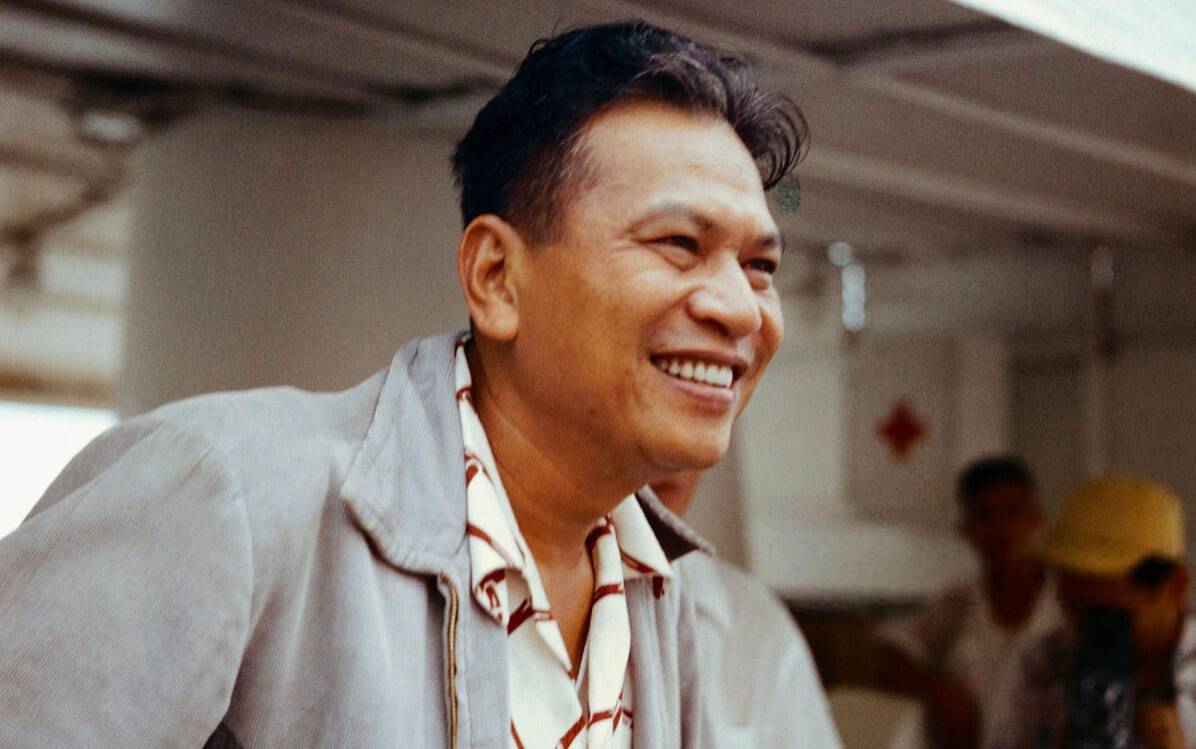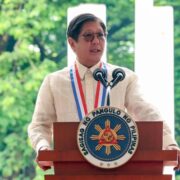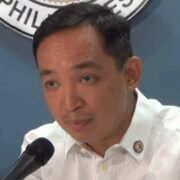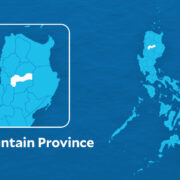Tracing the legacy: Moments…

Before fame found him in history books and public monuments, Ramon del Fierro Magsaysay was a small-town boy from Iba, Zambales. Born on Aug. 31, 1907, he would later rise to become the seventh president of the Philippines and the third president of the Third Republic.
His legacy is rooted in integrity, public service, and empathy for the ordinary Filipino, earning him the title of the “President of the Masses.” He opened the doors to the Malacañang Palace to ordinary people and rode his jeep into remote barrios to listen to their needs.
After the recent Manuel L. Quezon biopic titled “Quezon,” there are now whispers of a possible Magsaysay film adaptation that have started to surface. If this project comes to life, it wouldn’t just be a history lesson; it would be a character study of a man whose humility changed the tone of power.
Here are five defining moments from Ramon Magsaysay’s life that deserve the spotlight on the big screen.
Defeating the Hukbalahap insurgency
Every hero’s journey begins with a conflict, and for Magsaysay, it was the Hukbalahap insurgency. Appointed to be the Secretary of Defense by then-President Elpidio Quirino. In February 1950, the Huks were led by Luis Taruc in establishing the People’s Liberation Army, aiming to overthrow the government.
Magsaysay noted that the Huks were backed by popularity and support. Instead of relying on brute force, he strove to win the trust of the ordinary Filipino by offering land and tools to those who came over to the government’s side, and insisted that the army should treat these people with respect.
He was also able to abolish the corruption within the army by dismissing incompetent officers. During this time, Magsaysay showed humility and valued the principle of honesty, using his position for the betterment of the Filipinos. In turn, there was no doubt he acquired enemies within the government. This pushed him to resign and to charge the Quirino administration with incompetence and corruption.
Opening Malacañang to the people
Breaking from the elite image of leaders, Ramon Magsaysay literally opened the presidential palace gates to the public. Ordinary citizens could walk in, greet him, and it even became a popular picnic spot. To him, leadership was not about distance; it was about proximity.
In a time when politics often felt far removed from daily life, Magsaysay made sure people felt seen. Imagine a scene in the film: a child chasing a kite in front of Malacañang, the sun bright with clear skies, the grass greener than ever, people laughing and conversing as the President stands by the entrance, smiling at them.
It is both symbolic and deeply human, the kind of moment that defines his reputation as a “man of the people.”
Agrarian reform and land redistribution
Ramon Magsaysay has always been known for serving the people, for the people, and finding ways to help them. Under his administration, the government launched the National Resettlement and Rehabilitation Administration (NARRA), providing farmland to displaced families and tenants.
It was a reform that gave thousands of rural Filipinos a chance to build their communities. These were the kind of changes that didn’t make headlines daily but quietly transformed lives.
This could be one of the most poignant arcs in the film. He has always been for the people.
Anti-corruption and servant leadership
Every protagonist faces moral tests; for Magsaysay, integrity was one of his great battles.
He refused to tolerate corruption within the government. He dismissed officers who abused power, challenged political allies when they crossed ethical lines, and lived a transparent life, famously keeping his house open to the public.
A Magsaysay biopic would likely explore this tension, the loneliness of being the honest man in a corrupt system.
This is the heart of his story: leadership not as grandeur, but as sacrifice.
His tragic death at Mount Manunggal
Magsaysay’s life met its tragic end on Mar. 17, 1957. The presidential plane, Mt. Pinatubo, crashed on the slopes of Mount Manunggal in Cebu, killing him at the age of 49.
The nation was rocked by the news. His coffin was carried through Manila, with crowds lining the streets.
It’s the kind of conclusion that stays with you long after the credits have rolled, serving as a reminder that heroes don’t always leave us too soon.
Heroism for today
A Ramon Magsaysay biopic would explore what leadership could look like if it were based on humility and empathy rather than just one man’s accomplishments.
At a time when political narratives tend to emphasize spectacle and power, his story serves as a reminder of a more subdued, steady form of heroism—one that is based on listening, serving, and choosing to be honest even at significant personal cost.
A time when the government genuinely felt connected to the people, Magsaysay’s era seems like a golden memory. Filming that tale might rekindle a shared desire for authenticity in public life.
As history fades into hashtags and headlines, stories like his remind us that leadership, at its core, is still about compassion. And in seeing his story unfold on screen, a new generation will remember what it means to serve, not to rule.

















